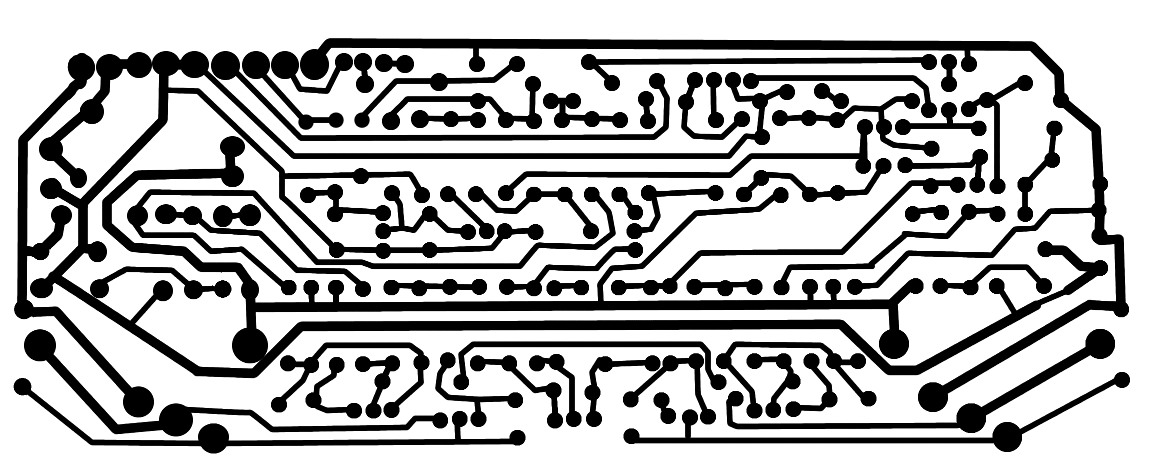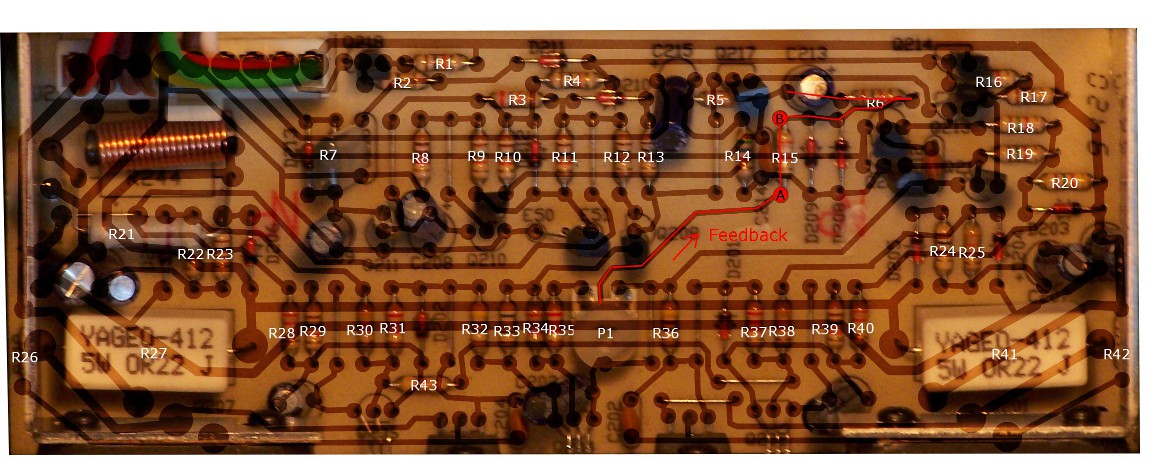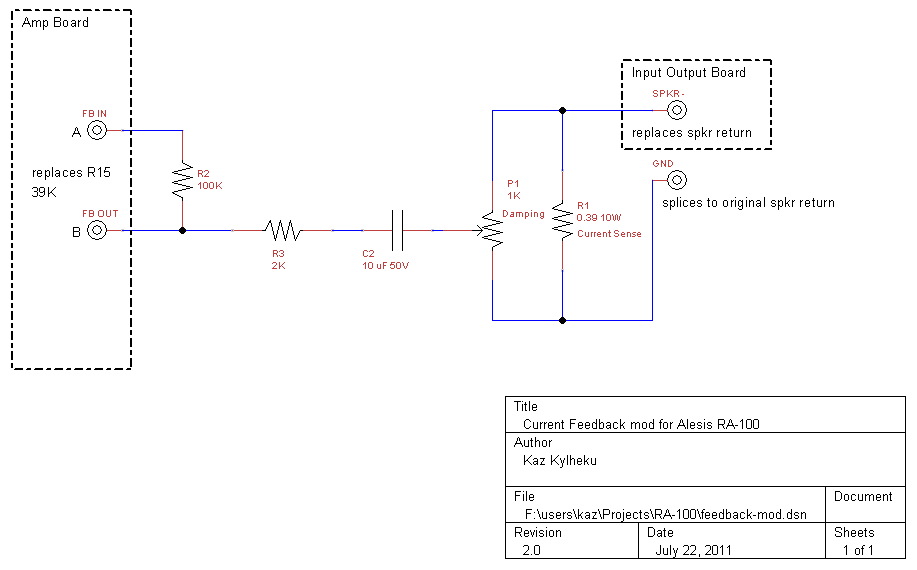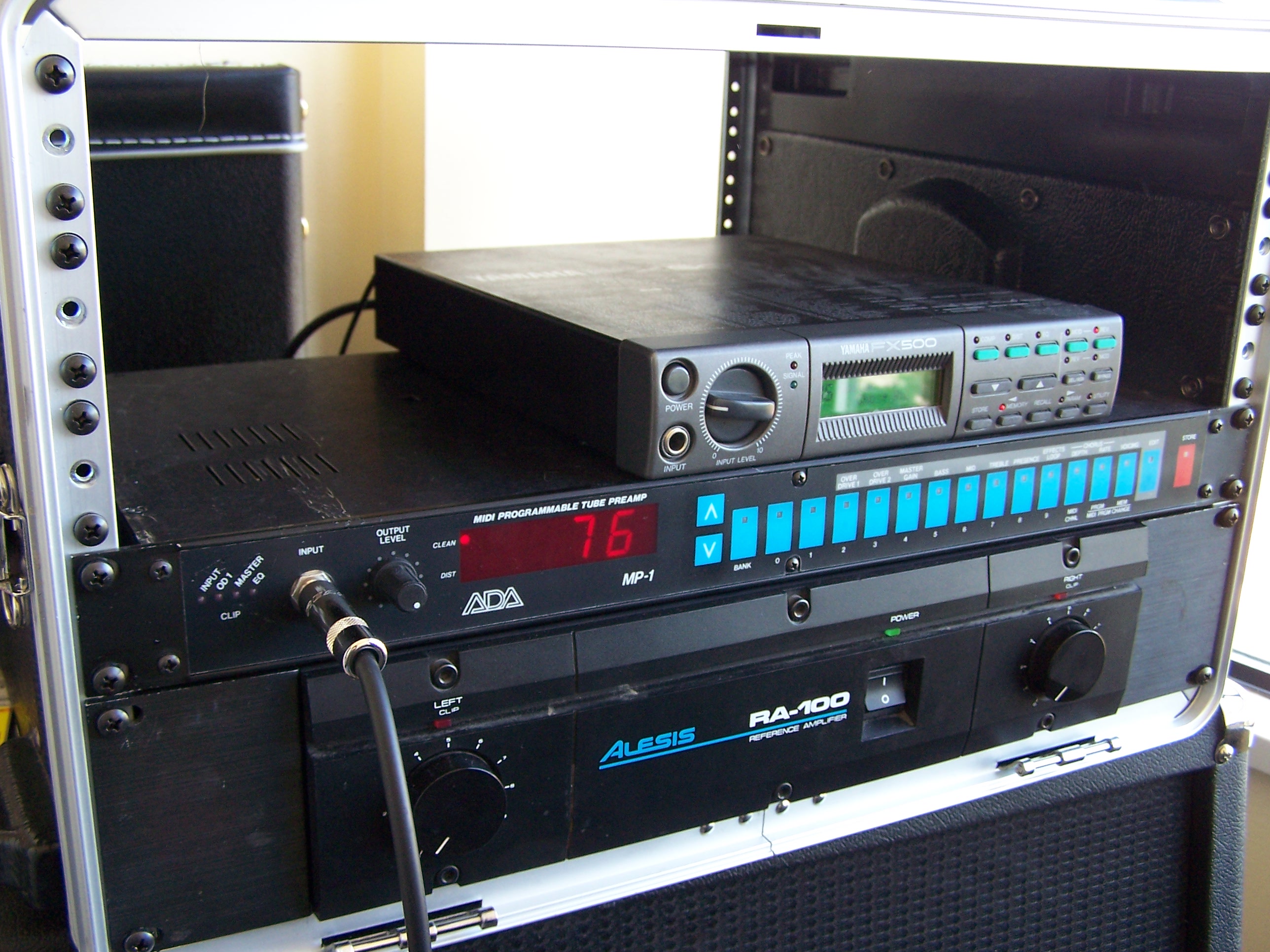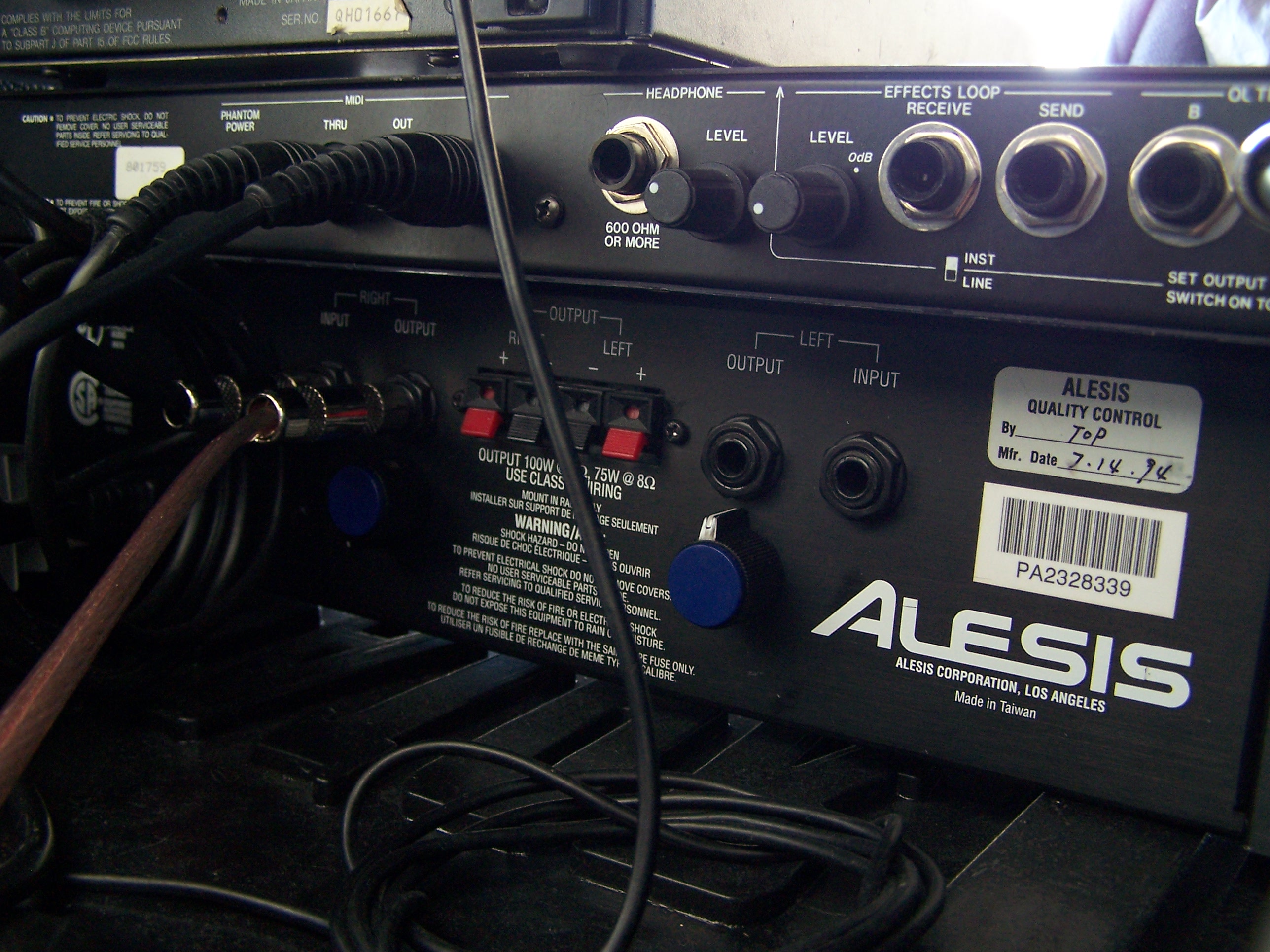<kaz at kylheku
dot com>| Date |
Notes |
|---|---|
| July 25, 2011 |
Initial revision. |
| July 28, 2011 |
Correction to RA-100 schematic:
input is not a phone jack. Grammar corrections. Added recommendation to use light bulb limiter for smoke tests. New photo section added at the end. |
| Aug 28, 2011 |
A better circuit version introduced! |
| Dec 01, 2012 |
Tweaks for better sound |
